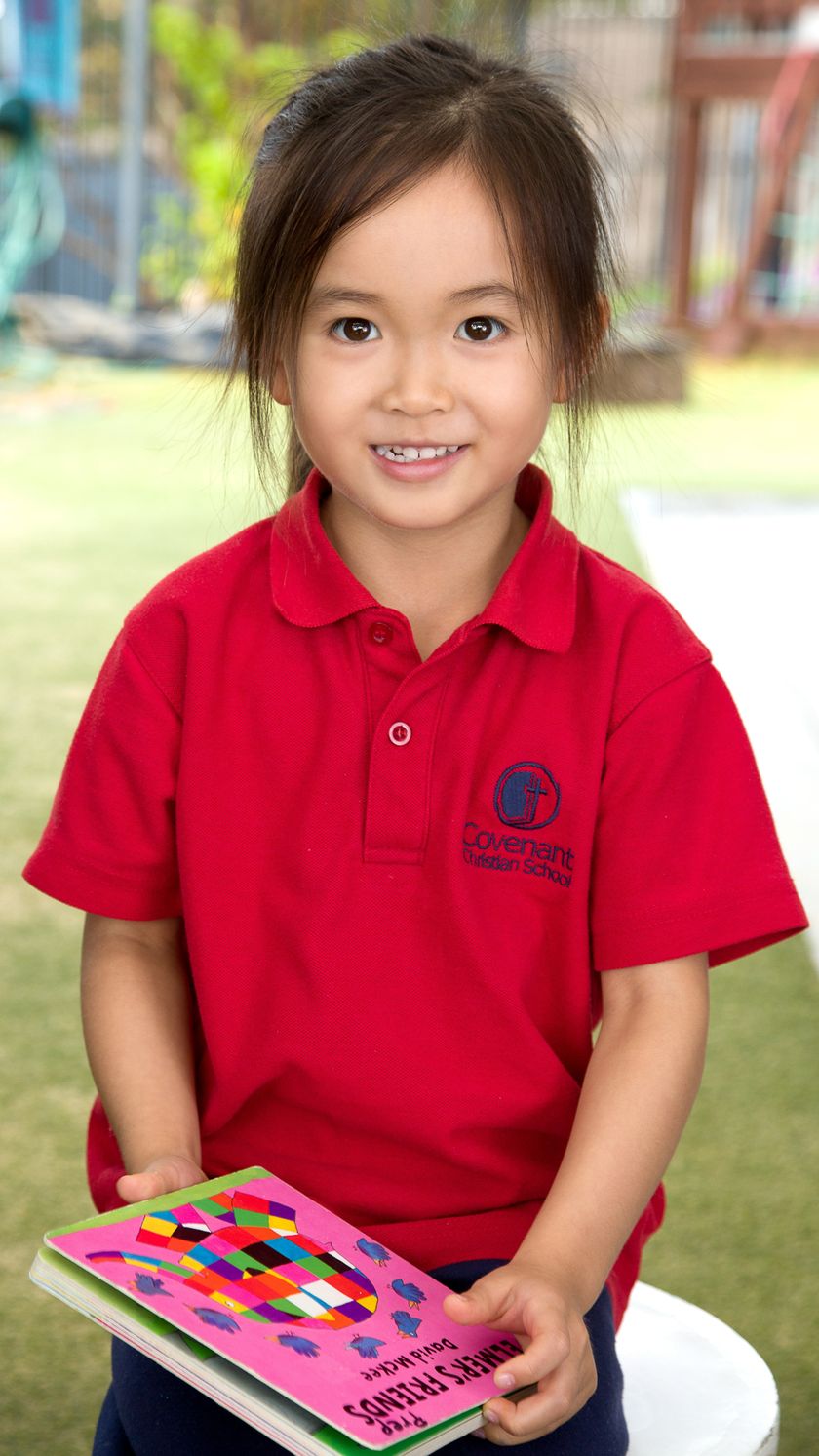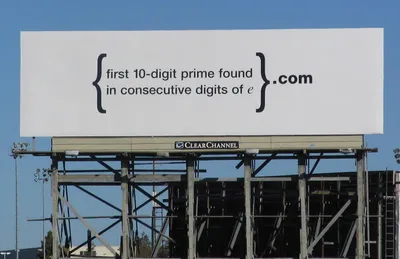














On a highway in Silicon Valley, a cryptic billboard posed a mathematical puzzle: ‚Äú{first 10-digit prime found in consecutive digits of e}.com.‚ÄĚ The answer, 7427466391.com took curious onlookers to another equation. Those who answered correctly were then invited to submit their resume to Google. Why? Because curiosity is a valuable commodity. As the CEO stated: We run this company on questions, not answers.
This year, we have started one-to-one peer coaching amongst the staff. The goal is not to impart the right answers. Rather, it’s to ask the right questions. It’s about helping teachers create a culture of thinking in their classrooms.
And what’s it all about? Thinking for learning. We want to generate a culture where curiosity is encouraged. Where it’s ok to take risks and to make suggestions.
Today, as the coaches were being trained in how to coach others, they considered the power of modelling. When a teacher models what it means to be inquisitive, when they explore possibilities, when they admit that they don‚Äôt have all the answers, there is a significant shift in the learning environment. It‚Äôs then that students don‚Äôt need to be ‚Äėright‚Äô, but rather can be free to wonder, to embrace curiosity. This requires vulnerability on the part of the teacher, but this vulnerability leads to trust. Trust means that it is safe to take risks.
I‚Äôm glad that this is the kind of culture we are creating here at ≤››ģ ”∆Ķios. After all, our world‚Äôs most exciting inventions and daring discoveries don‚Äôt come with reiteration but exploration. Curiosity creates challenge and that‚Äôs where learning begins.
Sam Glassock
Head of Secondary School